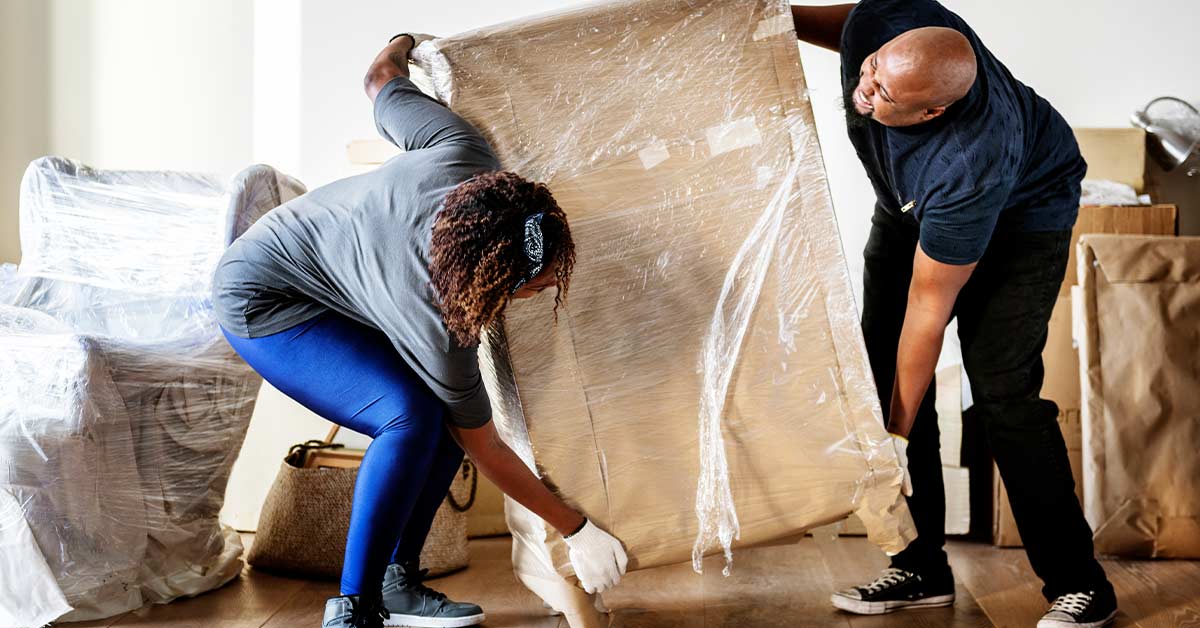Moving can be stressful and overwhelming, but planning ahead and using a self storage unit can make the process easier. Here’s how you can simplify your move:
Preparing for Your Move
- Evaluate Your Belongings: Sort your items into categories: keep, toss, sell, and store. Decluttering will lighten your load and make your home more appealing if you’re selling it.
- Room-by-Room Assessment: Decide what you need daily and what can be stored temporarily. Items like seasonal decorations, extra furniture, and rarely used kitchen appliances can go into storage.
Planning Your Move
- Short Distance Moves: Use self storage as a staging area to move your items gradually. This reduces chaos on moving day.
- Long Distance Moves: Store your belongings temporarily to unpack at your own pace. This is helpful if there are delays or if your new home is smaller.
Packing for Storage
- Use Quality Materials: Invest in sturdy boxes, packing paper, and strong tape to protect your items.
- Label Everything: Clearly label each box with its contents and the room it belongs to. Consider color-coding for different rooms.
- Disassemble Large Items: Take apart furniture to save space, keeping screws and small parts in labeled bags.
- Protect Fragile Items: Wrap fragile items in Bubble Wrap or newspaper and use cushioning in boxes. Use blankets or towels for extra padding.
- Avoid Over-packing: Keep boxes light and distribute weight evenly to prevent injury or damage.
Organizing Your Storage Unit
- Maximize Space: Use shelving units to maximize vertical space and keep items organized.
- Leave Aisles: Create pathways to access your items easily without moving multiple boxes.
- Strategic Stacking: Place heavier boxes at the bottom and lighter ones on top. Use uniform-sized boxes for easier stacking.
- Keep an Inventory: Maintain a detailed list of items in your storage unit and consider creating a map to note locations.
Moving into Your New Home
- Pack an Essentials Box: Keep essentials like toiletries and clothes at the front of your storage unit.
- Unpack Room by Room: Start with important areas like the kitchen and bedrooms, and unpack gradually.
- Continue Decluttering: Keep decluttering as you unpack to maintain an organized home.
- Choosing a Storage Provider
U-Lock Mini Storage offers various unit sizes to meet your needs, reliable and temperature-controlled units, and flexible rental terms. This ensures a smooth and worry-free moving experience









